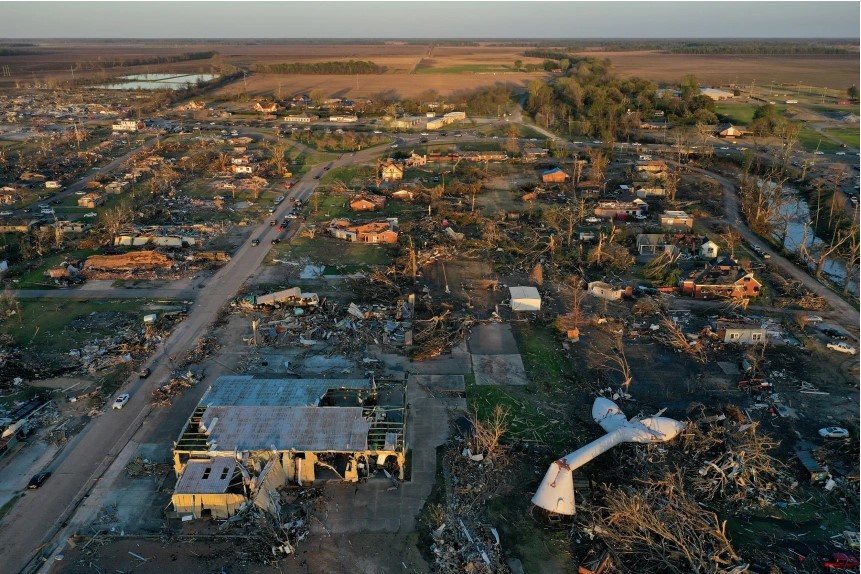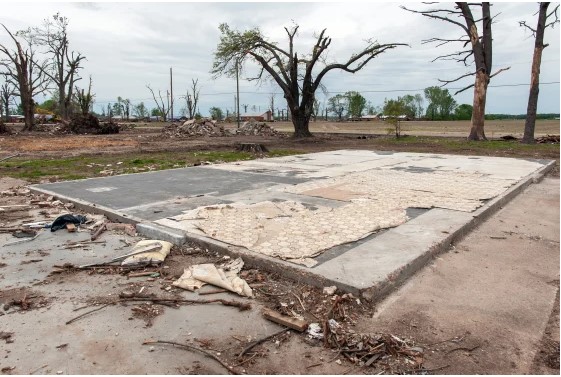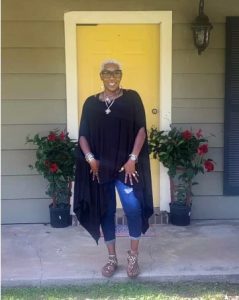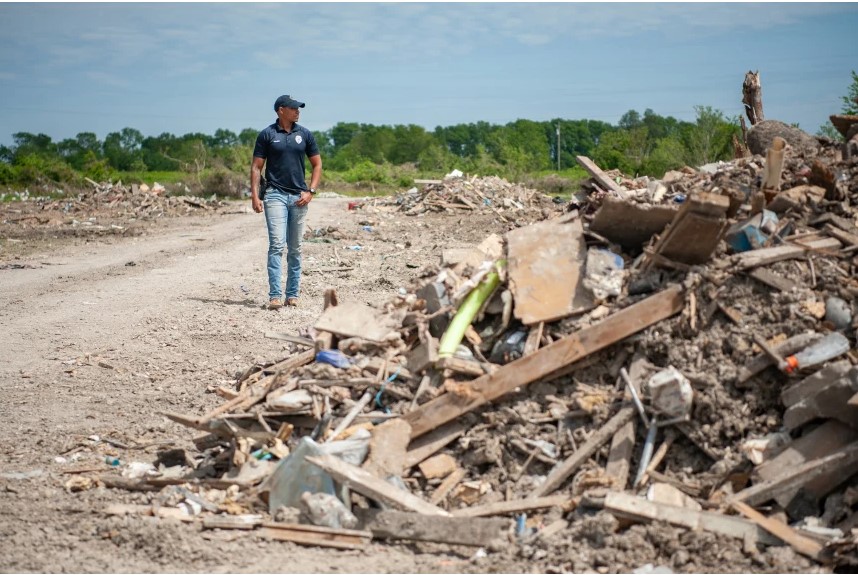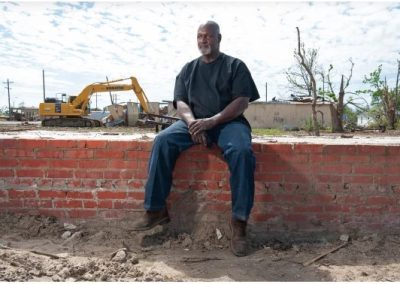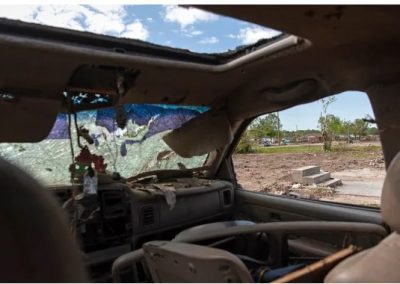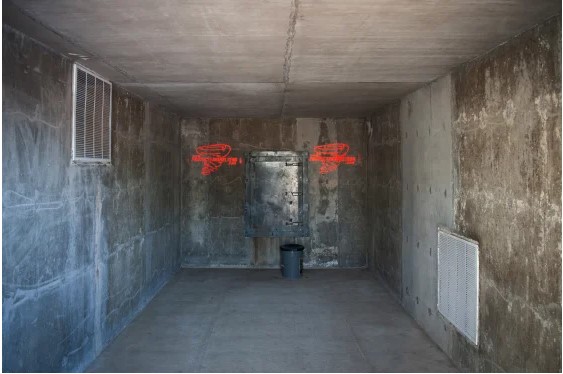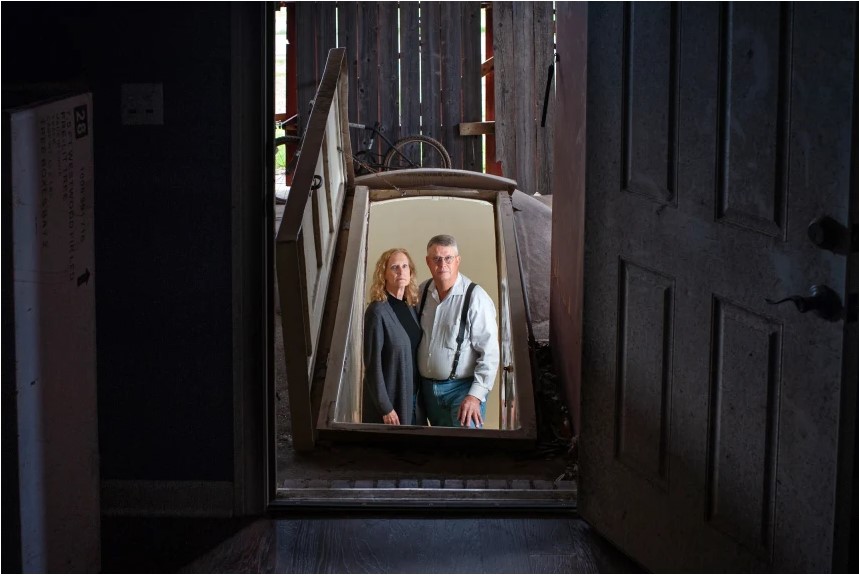By
The tornado that plowed through Rolling Fork on March 24 was a monster that families living in mobile homes on the plains of the Mississippi Delta needed to flee. At its widest, the dangerous twister careening through one of the nation’s poorest communities stretched three-quarters of a mile. At its strongest, its winds were powerful enough to flip mobile homes, hurl two-by-fours like javelins and collapse brick walls.
The safest place aboveground to ride out a storm that destructive is a tornado safe room, a wind-resistant structure made of reinforced concrete. But there is no public tornado shelter in Rolling Fork — or in all of Sharkey County, where about a quarter of residences are mobile homes.
That left many people in this county, which is 71% Black, without protection as the storm bore down. While some hid where they could — in private storm cellars, in the closets and bathrooms of brick homes, in the walk-in refrigerator at Chuck’s Dairy Bar — others had no safe option. Fourteen people died.
“I do believe a lot of those people would have been alive if they would have had somewhere to go,” said Carrie Linda Mathews, who lives 8 miles south of Rolling Fork.
Her husband’s church lost a 56-year-old parishioner who was found dead in her mobile home, which had flipped upside down. “That’s the worst place you could be,” she said of mobile homes during a storm.
Mississippi doesn’t comprehensively track tornado shelters that are open to the public, and its list of the largest safe rooms isn’t available online. NBC News called emergency management directors and local officials in the 15 counties surrounding Sharkey County. According to those interviews, only six counties had at least one shelter that officials said was built to the Federal Emergency Management Agency’s guidelines.
Based on the survey, the closest public tornado shelter to Rolling Fork is in Morgan City, 53 miles away, where concrete vaults next to the small town’s fire station can hold an estimated 20 people. Families in Rolling Fork would have to drive about 71 miles to the town of Merigold to reach the nearest safe room with a capacity of more than 100 people.
For now, Jackson, 61, is staying in a hotel in Greenville, about 40 miles away.
“Now that we went through that, you get spooked when you hear the wind’s going to be high,” he said. “That’s going to be on our mind for a long time.”
Nowhere to go
None of the counties bordering Sharkey County has a public tornado shelter, according to NBC News’ survey. One of the nearest options built to FEMA’s criteria is about an hour’s drive away in Boyle, in Bolivar County.
Boyle Police Chief Murry Roark was surprised to find out that the shelter — a small concrete pod that can accommodate about 20 people — was one of the closest shelters for Sharkey County’s nearly 3,500 residents.
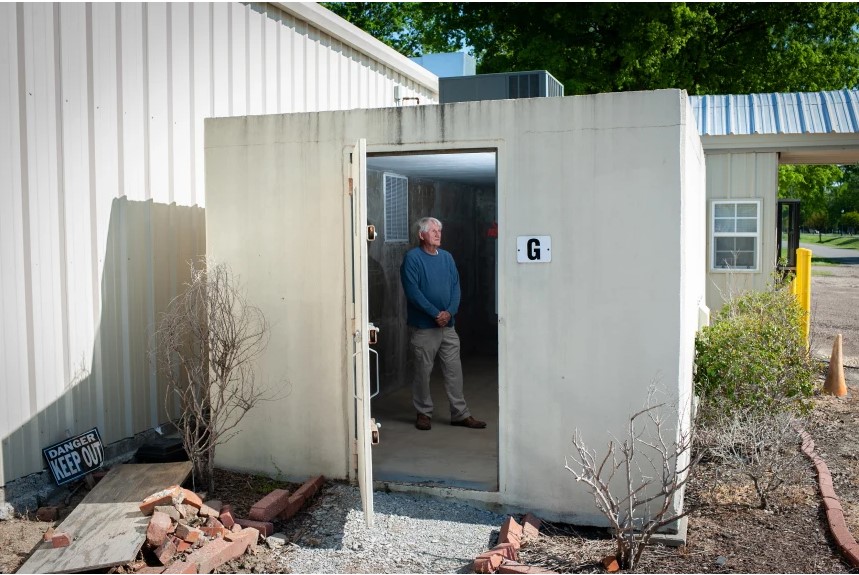
Police Chief Murry Roark said some mobile home residents in the small, rural town of Boyle rely on its public shelter when severe weather is expected. Rory Doyle for NBC News
He believes every county needs a safe room. It’s not uncommon, he said, to see houses in the Mississippi Delta that aren’t “storm-resistant, much less stormproof.”
“Just for the peace of mind it’s worth it,” Roark said. “It could very easily save your life.”
On the evening of March 24, Roark was sitting in Darry’s Food-n-Drink on T M Jones Highway when patrons approached wanting to know whether he was keeping up with the weather.
Much of the Mississippi Delta region had been alerted that tornadoes were possible.
Just in case, he decided to check on the concrete pod, which was installed about a decade ago just a few feet to the side of the diner. He found it locked.
Roark knocked, and when the door opened, he was surprised to see that a few people had already gathered inside and that some of them were crying. Roark tried to reassure them they would be OK.
“Nothing is going to happen to y’all,” he said, and he was right — Boyle was spared from the tornado’s path.
Washington County, which neighbors Bolivar, is home to about 42,500 people but lacks a public tornado shelter.
David Burford, the county’s emergency management director, urges residents to look out for one another. People who live in sturdier homes than their neighbors might consider taking them in during storms.
About 28% of residents in Washington County live in poverty. In the past, the county’s Board of Supervisors decided not to seek FEMA funds to build a safe room because of the cost.
“Funding’s the reason for everything, unfortunately,” Burford said.
He noted that the need for safe rooms across Mississippi is enormous.
“Can the federal government even afford to do that?” he asked.
Burford paused. A better question, he said, might be “Why don’t they find a way to do this?”
More than a decade after an EF4 tornado killed four people in Yazoo County, which is Mississippi’s largest by land area, the county is still without a public safe room. And the threat hasn’t gone away: At least seven tornadoes have been recorded in the county in the past three years.
Jack Willingham, the county’s emergency management director, said his office got an influx of calls from residents wanting to learn more about safe rooms following the devastation in Rolling Fork. He said it would be a challenge for the county to pay for a public one, but he’s trying to see what’s possible.
“If it saves one life, it would be worth it,” he said. “How do you value that?”
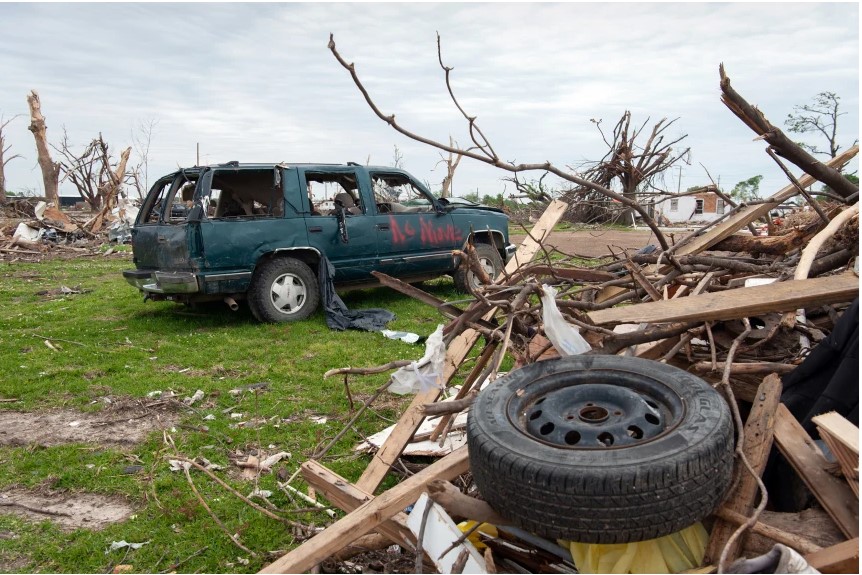
More than 250 homes were damaged in Sharkey County in the wake of an EF4, according to a preliminary report from the Mississippi Emergency Management Agency.Rory Doyle / Rory Doyle for NBC News
A ‘complicated’ answer
Public shelters alone aren’t enough to keep communities safe during tornadoes.
About 13% of households in Sharkey County don’t have vehicles, according to census data, which could make it difficult to travel. Those with hourly jobs might not be able to take time off to wait out a storm advisory in a shelter.
And people who leave for safe rooms without enough lead time may put themselves in an even more dangerous situation if they’re on the road when tornados hit. People may be turned away if demand dangerously exceeds a room’s capacity.
“Public shelters are complicated,” said Harold Brooks, a senior research scientist with the National Oceanic and Atmospheric Administration.
Brooks said that in an “ideal world” everyone would have a shelter within 100 feet of where they live.
FEMA has spent almost $21.6 million on a Mississippi program helping homeowners build nearly 7,000 residential safe rooms since 2008. But renters aren’t eligible for the funds, and neither are mobile home residents who don’t own their land. That’s where public shelters can play a role, offering protection for those with nowhere else to go.

